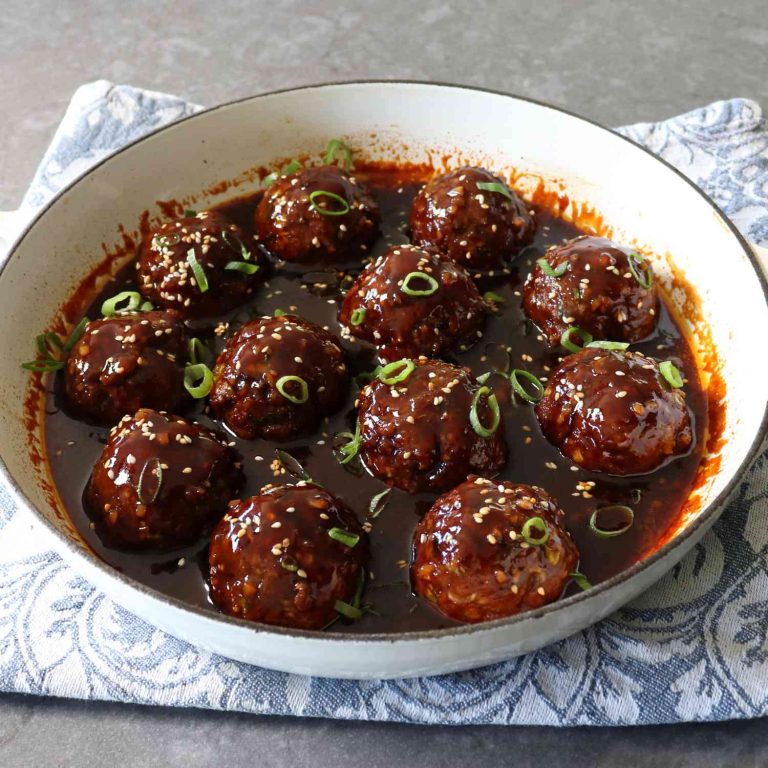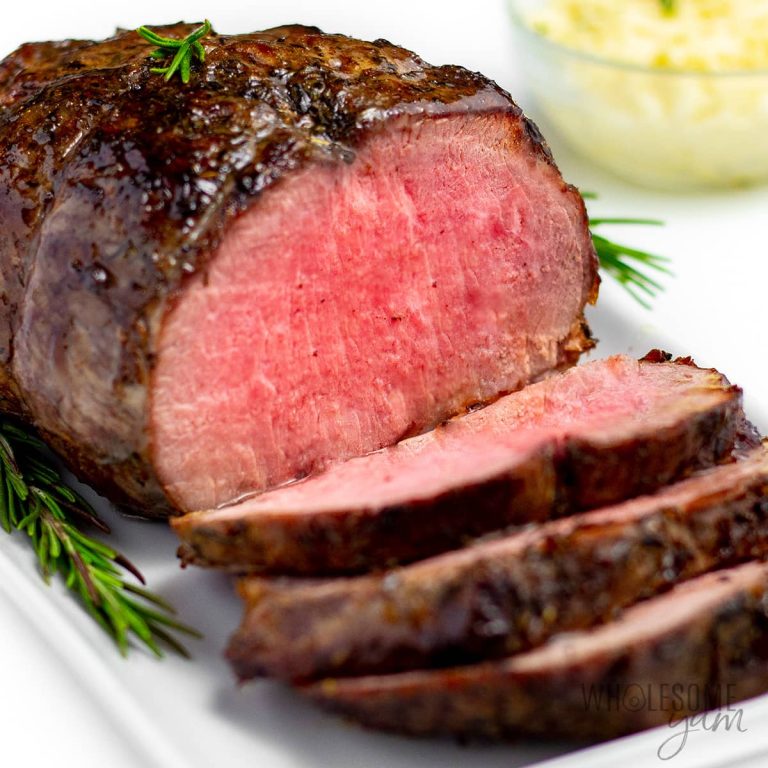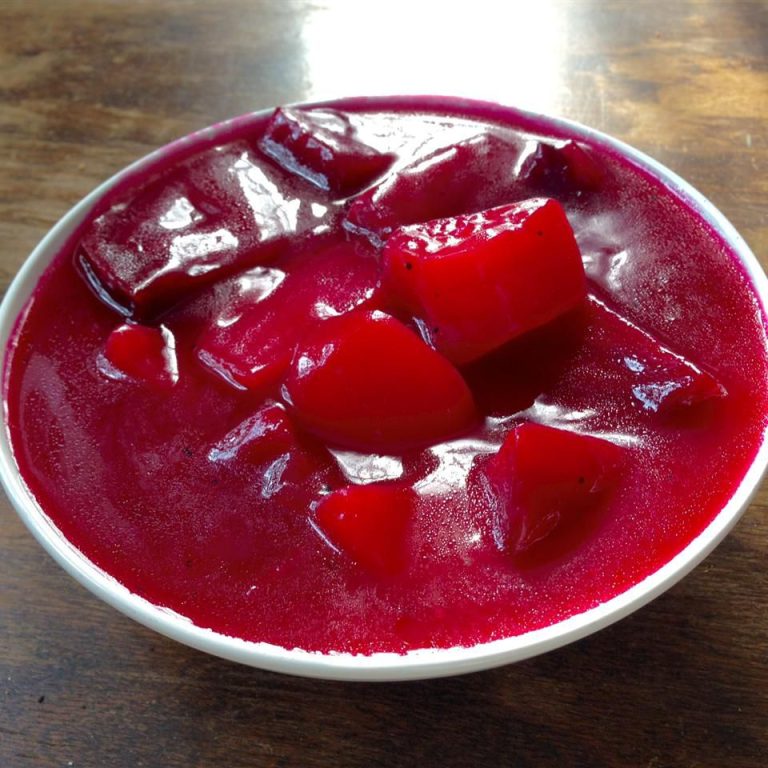Chamoyada: A Refreshing Mexican Treat with Global Popularity
The Chamoyada, rooted in Mexican culture, originates in the vibrant street food scene of Mexico. It’s more than just a refreshment; it’s a symbol of Mexican ingenuity in combining diverse flavors. This popular treat reflects the country’s culinary tradition of balancing sweet, sour, spicy, and salty tastes, evident in many Mexican dishes. Traditionally, Chamoyada is enjoyed by people of all ages, especially during festivals and hot summer days. Its cultural significance is evident in its widespread popularity and the nostalgic value it holds for many.
Ingredients Typically Used
A Chamoyada includes several key components that create its distinctive flavor.
- Shaved Ice or Sorbet: The base, often mango-flavored, provides a cold, refreshing texture.
- Chamoy Sauce: This tangy, spicy condiment made from pickled fruit pulp, usually apricot, mango, or plum, adds depth.
- Fresh Fruit: Chunks of mango, pineapple, or tamarind enhance the treat with natural sweetness and acidity.
- Chili Powder: Adds a spicy kick, typically sprinkled on top for an extra layer of flavor.
- Tamarind Candy Stick: Often used as a straw, adding a chewy, sweet, and tangy element.
These ingredients work together to deliver the unique flavor profile that defines a Chamoyada.
How Chamoyada Is Made
Preparation of Base Ingredients
Begin with shaved ice or sorbet. Opt for mangonadas if available as they offer the ideal texture and flavor for Chamoyada. Crush fresh fruit like mango and pineapple. Cut the fruit into small cubes to ensure an even distribution. Prepare chamoy sauce, which consists of apricots, chili powder, lime juice, and sugar. Mix the ingredients until smooth. Select a tamarind candy stick, which complements the tangy and spicy elements. Keep chili powder and Tajín seasoning at hand to enhance the overall flavor.
Assembling the Chamoyada
Start with a cup and add a layer of shaved ice or sorbet. Drizzle chamoy sauce generously over this layer. Add a handful of fresh fruit cubes. Sprinkle chili powder and Tajín seasoning over the fruit to intensify the taste. Repeat these layers until the cup fills up, ensuring that chamoy sauce and fruit are evenly distributed. Top off with an extra drizzle of chamoy and a touch of seasoning. Insert a tamarind candy stick into the cup for a final flourish. Serve immediately to maintain the desired texture and flavor balance.
Variations of Chamoyada Across Regions
Differences in Mexico
Chamoyada variations in Mexico reflect the rich diversity of the country’s regions. In Mexico City, you often find Chamoyadas with a focus on citrus fruits like orange and lime, enhancing the tangy notes. Vendors usually add a sprinkle of Tajín and a generous amount of chamoy sauce. In Michoacán, where fresh mangoes, pineapples, and tamarind pods are plentiful, Chamoyadas typically incorporate these fruits for a sweeter profile. Oaxaca adds unique touches with locally sourced fruits such as guava and soursop. Each region adapts the core elements of chamoy sauce, shaved ice, and fruit to local tastes.
Adaptations Abroad
Outside Mexico, Chamoyada takes on new forms to cater to diverse palates. In the United States, particularly in states with large Mexican communities such as California and Texas, you see Chamoyadas featuring a fusion of tropical fruits like dragon fruit and kiwi. Unique spins may include additional toppings such as pomegranate seeds or coconut shavings. In Canada, where local fruits are less tropical, you might find Chamoyadas incorporating berries like strawberries and blueberries, retaining the classic chamoy and chili elements. European adaptations often involve local sweeteners to balance the spicy chamoy, reflecting the regional preferences and ingredient availability.
Health Benefits and Concerns
Nutritional Information
A typical Chamoyada provides a mix of vitamins, minerals, and macronutrients due to its blend of fruits and ingredients. Fruits like mango and pineapple supply vitamins A and C, essential for immune function and skin health. The base, often shaved ice or sorbet, contains simple carbohydrates, offering a quick energy boost. Chamoy sauce adds some sodium, which is critical for maintaining proper fluid balance and nerve function.
| Nutrient | Amount per Serving |
|---|---|
| Calories | 150-250 kcal |
| Carbohydrates | 35-50g |
| Sugars | 20-35g |
| Sodium | 200-400mg |
| Vitamin C | 20-60mg |
Common Dietary Considerations
Chamoyada may pose dietary concerns, especially for individuals monitoring sugar or sodium intake. The fruit base can contribute a significant amount of natural sugars, impacting blood sugar levels if you’re diabetic or managing insulin sensitivity. Chamoy sauce, known for its salty and spicy profile, often contains high sodium levels. If you’re on a low-sodium diet, consider moderating your Chamoyada consumption or preparing a homemade version with reduced sodium ingredients.
For those with food allergies, verify the ingredients in commercial Chamoyada preparations, particularly the chamoy sauce which might contain preservatives or colorants. Adaptations can be made to suit dietary needs, such as substituting tamarind candy sticks with allergen-free options or using naturally sweetened fruit bases to minimize added sugars.
Where to Find the Best Chamoyada
Recommendations in Mexico
Mexico City: In Mexico City, La Michoacana stands out for its authentic Chamoyadas. Located throughout the city, La Michoacana offers variations with mango, pineapple, and cucumber.
Michoacán: Michoacán, a hub for traditional Mexican treats, boasts several renowned spots. Locals recommend Chamoyadas from La Tropical and Nevería La Vaquita, known for their rich chamoy sauce and fresh fruit options.
Oaxaca: In Oaxaca, the street markets like Mercado Benito Juárez provide some of the best Chamoyadas. Vendors offer unique twists with local fruits, giving you a taste of Oaxaca’s rich culinary culture.
International Spots to Try
United States: Within the United States, Los Angeles and Chicago host top-rated Chamoyadas. Locations like La Michoacana Premium in Los Angeles and El Chamoyazo in Chicago give you the authentic experience with quality ingredients.
Canada: In Canada, Toronto’s Paletería, and Ottawa’s La Doñita Chamoyadas receive praise for their traditional preparation. These spots bring the Mexican treat to a northern audience, maintaining the authentic flavors.
Europe: Various spots across Europe offer Chamoyadas, but notable mentions include Latin American markets in Madrid and London. These markets, such as Mercado de San Miguel in Madrid, serve Chamoyadas that bring Mexican flair to the continent.
Australia: In Australia, cities like Sydney and Melbourne feature culinary spots specializing in Mexican treats. Tacos Muchachos in Sydney and Radio Mexico in Melbourne are known for serving exceptional Chamoyadas with authentic ingredients.
Conclusion
Chamoyadas offer a delightful fusion of flavors that capture the essence of Mexican culture. Whether you’re enjoying one at a local festival or discovering it in an international setting, this treat brings a refreshing and spicy twist to your taste buds. With its growing popularity, you can now find Chamoyadas in various corners of the world, each offering a unique take while staying true to its roots. So next time you’re craving something sweet, spicy, and utterly refreshing, seek out a Chamoyada and savor a piece of Mexico’s vibrant culinary heritage.






